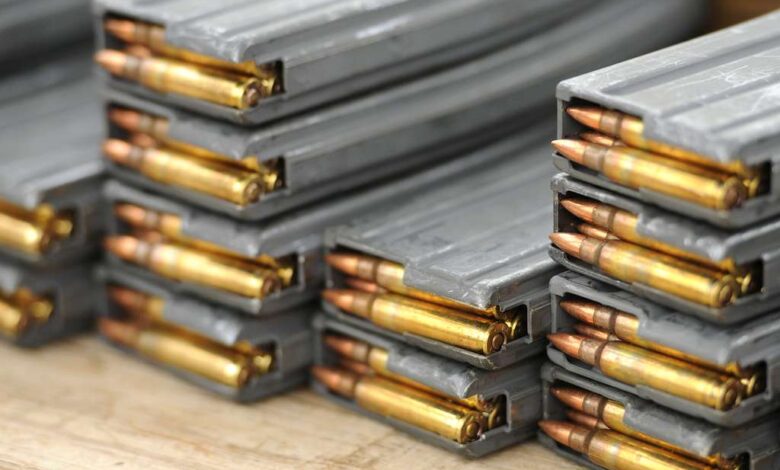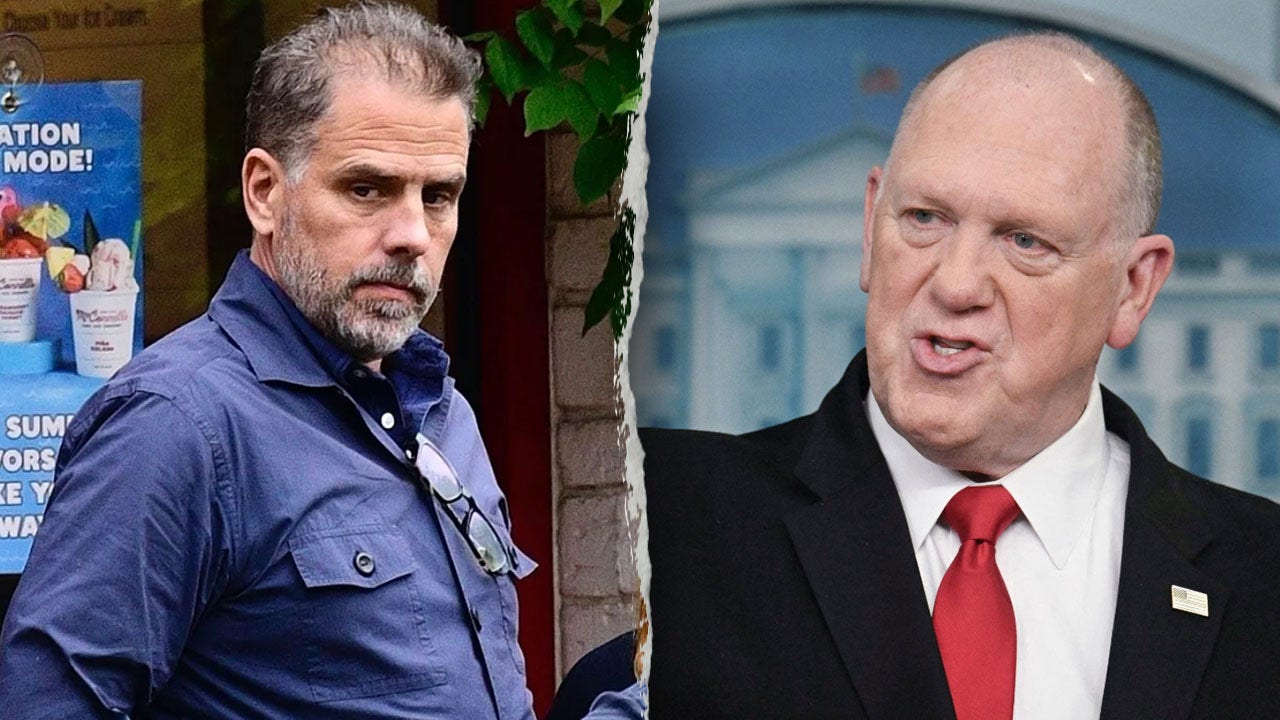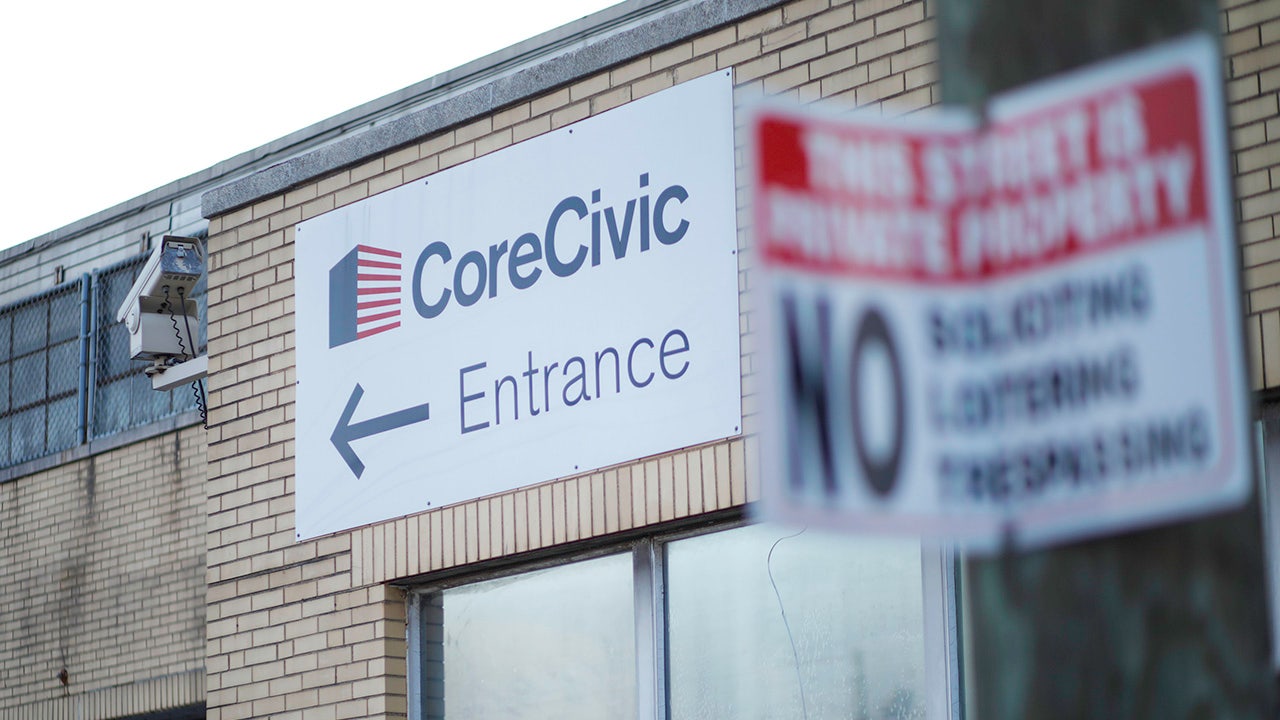Ammo Prices Are About to Spike – Here’s Why

By Jim Strong
Here’s a casual-sounding article based on SG Ammo’s recent statement about tariffs and ammo prices, concluding with their full statement:
Ammo buyers might want to brace themselves. SG Ammo, a popular ammunition retailer, just released a detailed update on the recent U.S. tariffs on imported ammo, and it’s pretty clear that prices are about to climb significantly.
In their statement, SG Ammo points out that new tariffs announced by the U.S. government earlier this week are higher than anticipated and will likely have serious impacts on the ammo market. They’re expecting not only higher prices but also supply issues for certain imported brands. According to SG Ammo, profit margins in ammo sales are already slim, usually hovering around 5 percent per case. That doesn’t leave much room to absorb extra costs without passing them onto consumers.
SG Ammo emphasized that the price changes won’t happen overnight. Adjustments will occur manually, item by item, and could take anywhere from a week to a month to fully roll out. Prices may rise gradually rather than all at once, depending on the ammo type and remaining stock.
Some calibers will be hit harder than others. The biggest jumps are expected in popular FMJ range loads like 7.62×39, 5.56mm, 9mm, .308 Winchester, and others, as well as more niche European and Soviet calibers like 7.62x54R and 9×18 Makarov. Rimfire ammo like .22 LR and typical hunting calibers, which are mostly produced domestically, should be less affected.
SG Ammo highlighted a few specific examples. PMC from South Korea faces a 25 percent tariff, adding about $100 per thousand rounds of 5.56 ammo, likely pricing them out of competition with U.S. manufacturers. Prvi Partizan from Serbia received a hefty 37 percent tariff, which SG Ammo believes might force them entirely out of the U.S. market within six months. Similarly, Igman ammo from Bosnia now has a 36 percent tariff, significantly raising costs for calibers like 7.62×39. Czech manufacturer Sellier & Bellot was hit with a 20 percent tariff, raising prices roughly $40 per thousand rounds of basic 9mm. Even Magtech from Brazil, facing the smallest tariff at 10 percent, will see noticeable price increases.
SG Ammo expects these tariffs will push many imported brands either out of the market or into pricing territory that few consumers will accept. Meanwhile, domestic ammo manufacturers might slowly raise their own prices to match these new market conditions, meaning prices across the board will increase over the coming months and into next year.
Their takeaway? If you plan on buying ammo, doing it sooner rather than later might save you money.
Here’s the full statement from SG Ammo:
First, I want to say everything written here should be considered my opinion, based on what I have seen so far regarding tariffs on imported ammunition, and conditional to the tariffs staying in place. My opinion is not meant to be politically sided, nor to assign blame or to say what is good, bad, right, wrong, fair, or unfair to anyone, or what is best for our country in the long run. This opinion is simply about the supply chain in the ammunition business and how the tariffs affect your ability to get the ammunition you are used to getting and the way it increases your cost for such goods when you shop for ammunition here at SGAmmo and elsewhere in the firearms industry.
Late Wednesday, the US government’s new wide sweeping tariffs on imports were announced. In my opinion, they were higher than expected and will have a major effect on price and supply for ammo in the USA. In short, it is going to drive up prices for the consumer in a dramatic way and totally cut off supply in certain brands over time. Starting today, Friday April 4th, I will be forced to begin adjusting my retail prices upwards to offset higher replacement costs on goods likely to be repurchased later to replace what sells now. While every effort that is reasonable will be made to minimize and delay the impact to our customers, ultimately we work in a business where 5% profit margins on cases of ammo are the ‘normal’ margin, meaning if I sell a $200 to $250 case of ammo, after I pay the shipping and other costs associated with the sale, we make $10 to $12 profit in the deal on average, and I cannot sell an item for 5% gain, only to buy it back in 3 weeks for 20% more. SGAmmo’s price increases forced by the tariffs will all be done manually item by item after a review of the options. There is no magic button here for me to push that just raises all the prices at once, the process will take at least a week up to a month to fully implement, and it will be a slow and spotty process as to what products are increased and when. Increases may be incremental, meaning that with the current inventory we have in stock, we do not adjust all the way up at once. For example, if the tariff is 20% for a $40-ish increased cost on a case of European made 9mm, we may only go up $20, then do the other $20 later. Alternatively, we may make full adjustment at once, or possibly no immediate adjustment. At this time, we have just started, and most products remain at the prices they have been at so far this year. To give some additional clarification on my opinion of what calibers would be better to buy, the calibers I see most effected by this, in approximate order of impact are your typical FMJ range loads in 7.62×39, 5.56mm / 223 Rem, 9mm Luger, 308 Winchester / 7.62×51, 38 Special, 380 Auto, 44 Mag, 12 Gauge Buck and Slug. Also the lower volume European and Soviet military & Metric calibers like 7.62x54R, 8mm Mauser, 8x56R, 7.65×53, 7.5×55, 6.5×55, 9×18 Makarov, 7.62×25 and 7.62x38R where production is very limited in the USA and almost all supply is made by 2 factories in Europe. As far as calibers I see less effected would be rim-fire calibers like 22LR, 22 Mag, 17HMR, and hunting calibers with expanding point projectiles like your typical 243 Win, 270 Win, 30-06, 300 Win Mag, etc, etc, where almost all production is domestic anyway.
Example 1 – PMC from South Korea was hit with a 25% tariff and is a major supplier of the most popular options for 5.56/223 ammo, as well as 9mm and many other calibers. This tariff increases the cost to 1000 rounds of 5.56 by about $100, and 1000 rounds 9mm about $50. At that point they simply cannot compete in the market against US manufacturing and most likely would slowly exit the market over the next year with the most popular products drying up first. Also, PMC’s mother company, Poongsan Corporation, supplies US ammo manufacturers with a huge portion of copper strip used to make ammunition, which will drive up cost of US manufactures.
Example 2 – Prvi Partizan in Serbia was hit with a 37% tariff, and is a key supplier of metric rifle calibers, economical handgun ammo, and 5.56 FMJ ammo. This 37% tariff, if it holds, will totally force them out of business and you will see this manufacturer totally exit the US market over the next 6 months.
Example 3 – Igman in Bosnia, a key supplier of 7.62×39 and 7.62×51 ammo was hit with a 36% tariff, which increases the cost of 1000 rounds of 7.62×39 by about $180. No one will import it at all if this cost is added.
Example 4 – , Sellier & Bellot in the EU (Czech Republic) was hit with a 20% tariff. This drives the cost of their basic 9mm FMJ ammo up $40 per 1000 and affects other products in a similar way, and at that point they cannot compete in the market on many popular products.
Example 5 – Magtech in Brazil was hit with the smallest tariff at 10%, but still substantial to drive 9mm prices up $20 or so per 1000 rounds.
In my opinion, unless the tariffs are reversed or reduced to much lower levels, the most likely course for where we are at is that many of the import ammo brands are driven out of business in 6 months to a year or are forced to charge unrealistic prices that very few consumers will pay, shrinking their volume to an unsubstantial point. At the same time, US manufacturing most likely slowly raises prices 3% to 8% once each quarter of remaining 2025 and early 2026, pushing prices up to match import competitors on the most popular calibers like 9mm, 45 auto and 5.56 / 223 and more, where profit margins have been suffering due to price cuts over the past 2 years while also dealing with continuous upward movements in manufacturing costs. What you do is your business, but this will have an undeniable effect of forced price increases at our store and all other ammunition websites and retailers of all types, and it is my opinion that buying today will save you in the long run.
Thank you, Sam Gabbert, SGAmmo Owner







